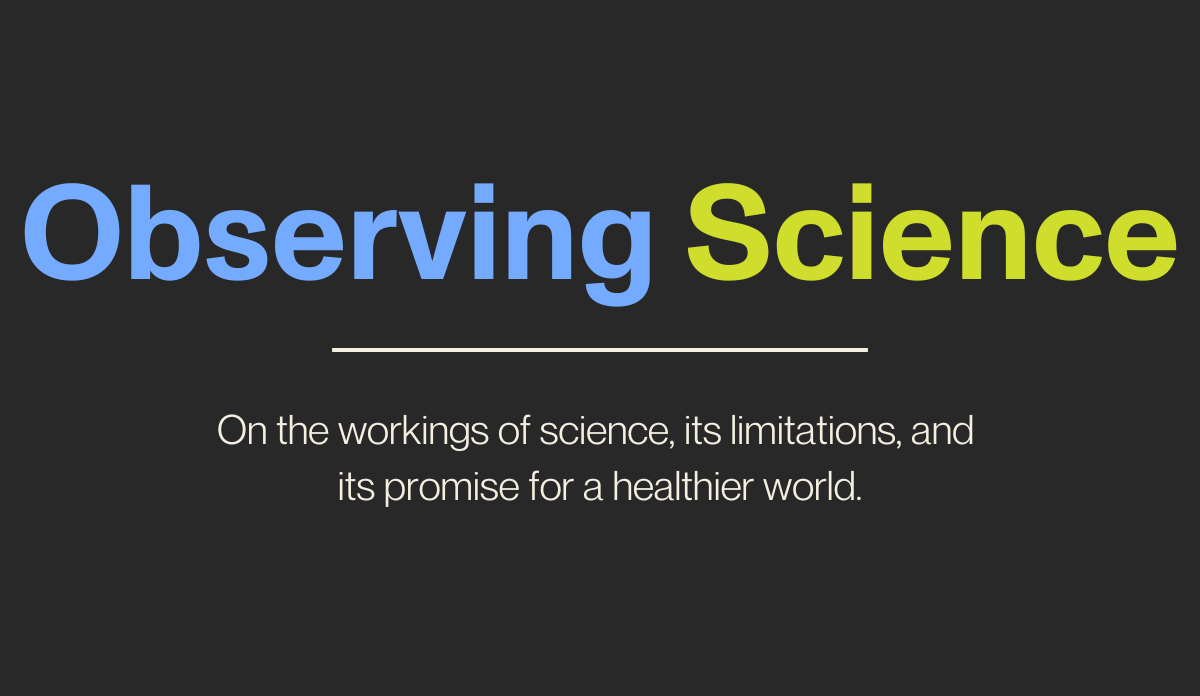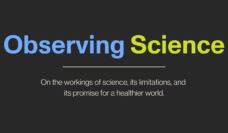In February 2003, a new severe respiratory illness emerged in Guangdong Province, China. The World Health Organization global surveillance system alerted travelers to a new disease. The search began for the cause and eleven research labs from countries around the world began to work together to find and analyze what became known as SARS. This “collaborative multicenter research project” proceeded through daily teleconferences, shared electron microscopy photos, and viral genome sequences. Scientists traded samples, debated results, made decisions about experimental dead ends, and in one week a candidate virus was isolated nearly simultaneously in two labs. Three weeks later, confirmatory studies permitted the announcement of a novel coronavirus as the cause of SARS. This model of health science collaboration at a global scale was unique, the results remarkable, speedy and effective. The virus was, according to WHO, “collectively… discovered.”
Collaboration has been the norm in science for a hundred years, although the idea of the genius scientist toiling alone remains a popular image, and indeed some grand theories are birthed by “game changers.” But most scientific data now springs from group efforts and most scientific papers have many authors. Why do scientists collaborate?
There are at least three reasons. First, collaboration allows the pooling of related technologies. To investigate a new illness and determine that it is caused by a new virus, the steps and equipment needed to isolate, grow, and sequence, and animal testing requires diverse know-how and sophisticated equipment. This equipment and these approaches are also expensive, and sharing can move discovery along faster.
Collaboration at its best is a form of collective wisdom.
Second, a working team can be more than just the sum of its parts. Working in groups, small and large, allows for a division of cognitive and physical labor. It allows for the rapid replication of findings, as labs working with the same samples can confirm or question results in short order. Scientists want answers, particularly in a health emergency when speed is of the essence, and collaboration makes for streamlined productivity.
Third, collaboration often forces into the open a diversity of opinions. With SARS, different labs in different countries had different ideas about the possible origin of the virus. Still, this international collaboration for a global illness was unusual in that most collaboration still takes place within single academic institutions, and often within far smaller work groups within that institution. Although with teleconferencing now simple, distance has become less of a limitation.
There are always obstacles to collaboration. Scientists want credit for discovery and hold back announcing preliminary results that might give others a leg up on the chase toward an answer. Competition for recognition is real. Corporate laboratories run within for-profit businesses have an economic interest in protecting information rather than disseminating it widely before a patent can be sought. Rules around data ownership and intellectual property remain unclear or disputed. Science has been referred to as a “gift economy” as opposed to an exchange economy. The gift is knowledge and corporations are not typically known as gift givers.
We have become so used to collaboration between scientists and the smooth sharing of information that when there is a seeming breach in cooperation, it seems catastrophic. Nearly twenty years after SARS, when Chinese scientists withheld COVID-19 viral sequences, there was widespread dismay. Secretiveness slowed work on diagnostic tests and vaccine creation.
Scientific collaboration is critical to tackle global challenges, from pollution to pandemics. Group deliberation can be efficient when all involved are steering toward the same goals. Collaboration at its best is a form of collective wisdom.
Previous Issue: Follow the Science
Sign up for Observing Science
A weekly newsletter on science and creating a healthier world












